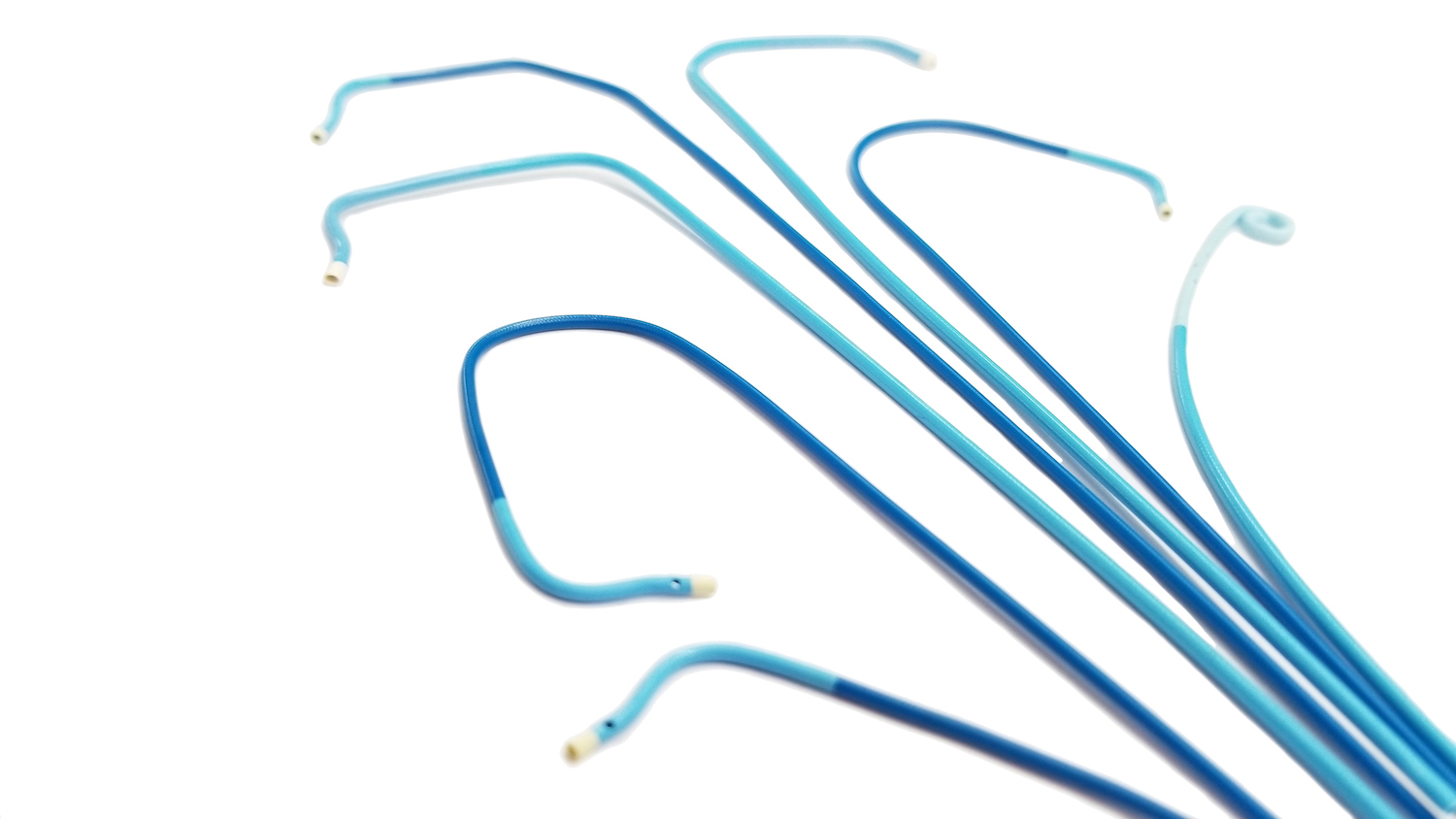With global COVID-19 cases on the decline, there are signs of society returning back to normal. One such example is the return of elective surgical procedures that were postponed during the height of the pandemic. While COVID-19 infection is still a concern before and after surgery, another issue to be careful of is Myocardial Injury after Non-cardiac Surgery (MINS).
More than 300 million surgeries are performed worldwide each year(1). Technological advancements have helped in bringing down cases of death during surgery. However, an estimated 8 million people die within 30 days after surgery(2). Most of the deaths are from cardiovascular complications, like heart attack and stroke. Even in cases of noncardiac-related surgeries, around 20% show signs of cardiac damage after surgery.

Different from heart attacks unrelated to surgery, MINS does not present with the usual cardiac symptoms making it hard to diagnose. It can lead to serious consequences if left untreated so the American Heart Association (AHA) published its first scientific statement regarding the prevention and management of MINS on October 4, 2021(3).
MINS was first introduced in 2014, making it a relatively new diagnosis. People with MINS are four times more likely to die within 30 days compared to other post-surgery patients so immediate screening is necessary. 90% of MINS patients are asymptomatic so diagnosis can be established by monitoring cardiac biomarker levels in the blood. An elevated cardiac troponin level within 72 hours after surgery is a strong indicator for injury to the heart. People with pre-existing cardiovascular factors are at risk although studies also show that people undergoing emergency surgery are three times more likely to develop MINS. Risk is also higher with some types of procedures like general abdominal surgery.
After diagnosis of MINS, additional testing including cardiac catheterization*, may be necessary to determine severity of the heart injury. Management and treatment will depend on the underlying cause of the heart damage. Continuous follow-up is also needed as post-op patients who develop MINS will remain at high risk of future heart attacks.
References:
1. Weiser, T. G., Haynes, A. B., Molina, G., Lipsitz, S. R., Esquivel, M. M., Uribe-Leitz, T., Fu, R., Azad, T., Chao, T. E., Berry, W. R., & Gawande, A. A. (2015). Estimate of the global volume of surgery in 2012: an assessment supporting improved health outcomes. The Lancet, 385, S11. https://doi.org/10.1016/s0140-6736(15)60806-6
2. Dobson, G. P. (2020). Trauma of major surgery: A global problem that is not going away. International Journal of Surgery, 81, 47–54. https://doi.org/10.1016/j.ijsu.2020.07.017
3. Ruetzler, K., Smilowitz, N. R., Berger, J. S., Devereaux, P., Maron, B. A., Newby, L. K., de Jesus Perez, V., Sessler, D. I., & Wijeysundera, D. N. (2021). Diagnosis and Management of Patients With Myocardial Injury After Noncardiac Surgery: A Scientific Statement From the American Heart Association. Circulation. Published. https://doi.org/10.1161/cir.0000000000001024

SoftNAV catheters were engineered to ensure patient safety and improve clinical efficiency during cardiac catheterization.
More INFONot all products shown are approved for sale in all countries.
Please contact the regional Technowood representative for more information.